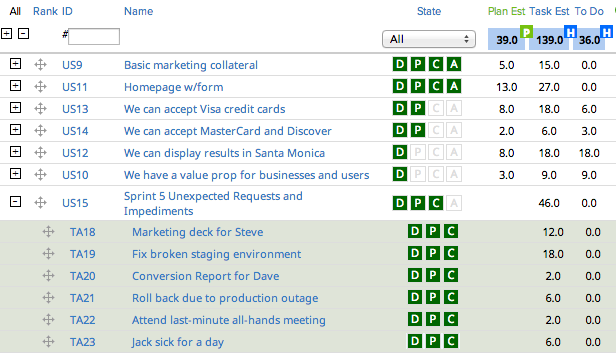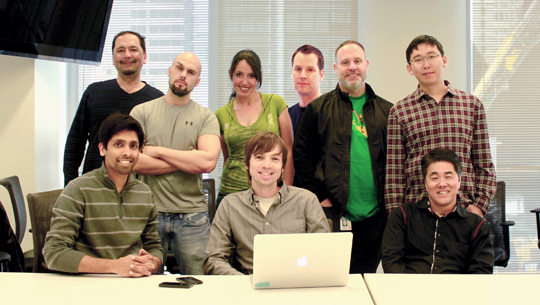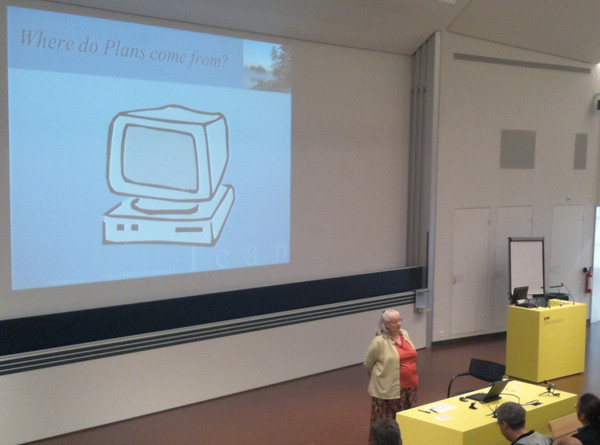Chickens and Pigs
Here’s a video I shot for freeCodeCamp about Chickens and Pigs.
The term “Chickens and Pigs” was removed from the official Scrum Guide in 2011, but you might hear it used even today. In this brief video, you’ll learn the story behind the term, as well as its history, meaning, and pros and cons.
Click “Continue reading” below for a transcript.











